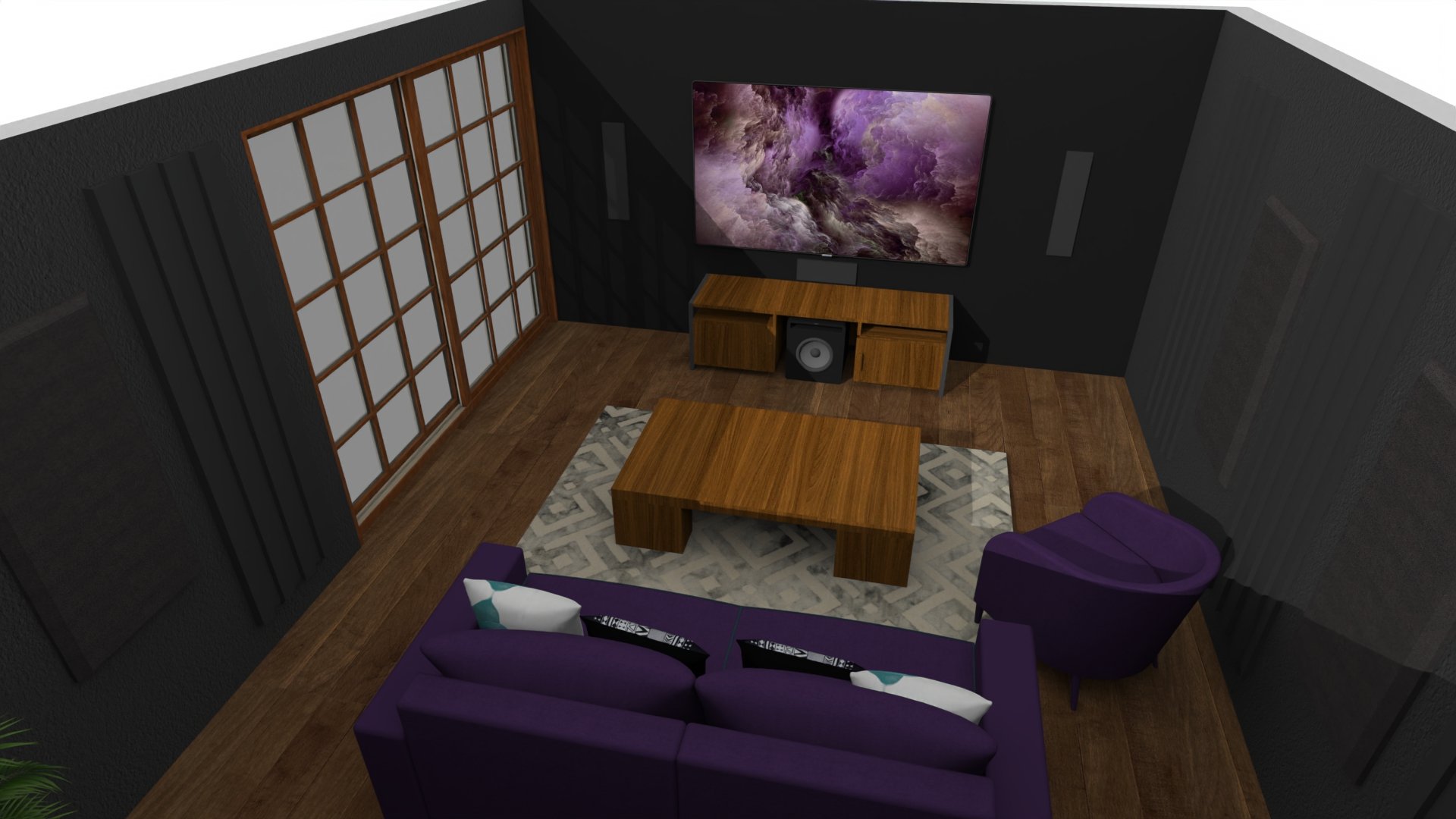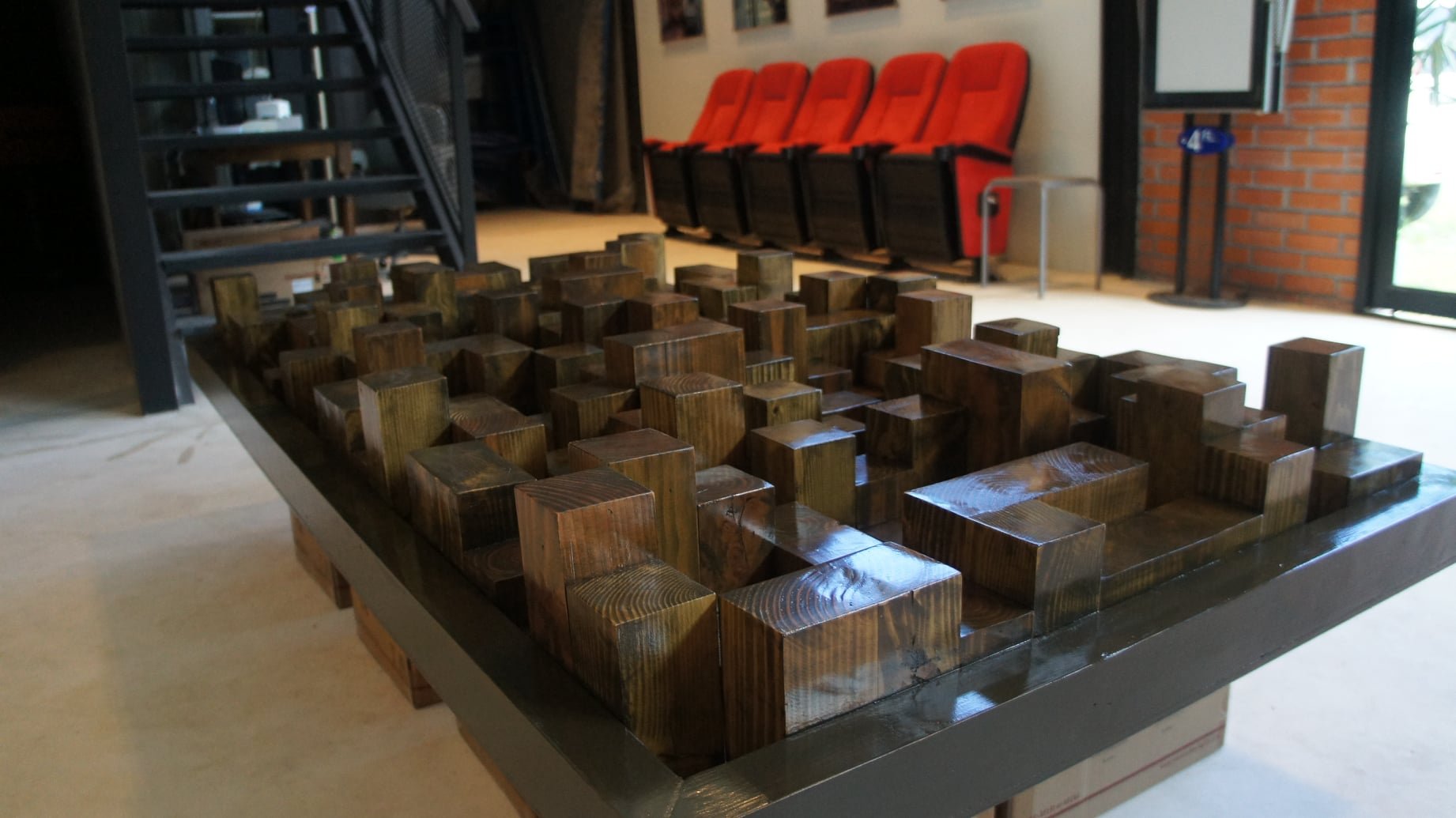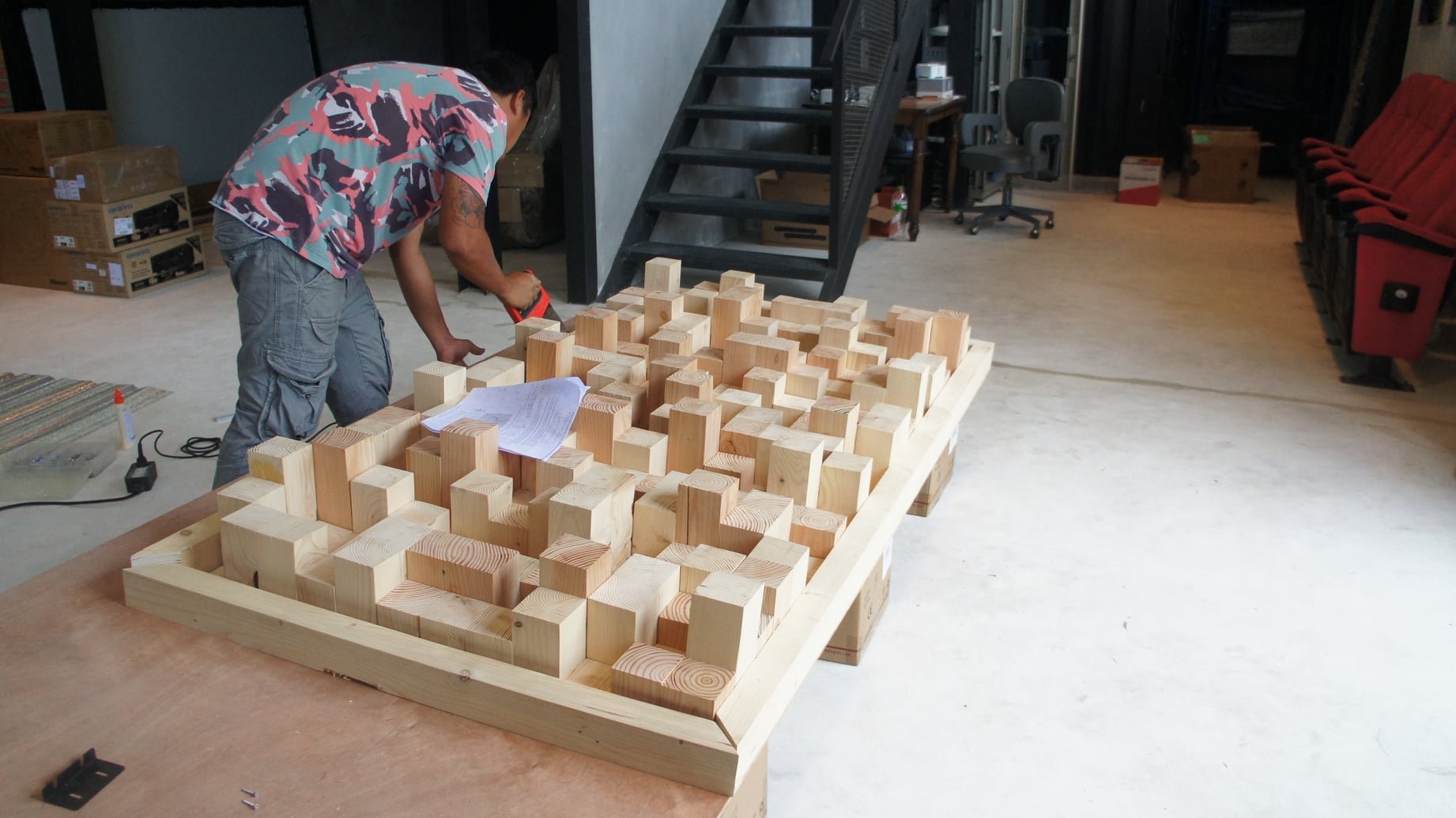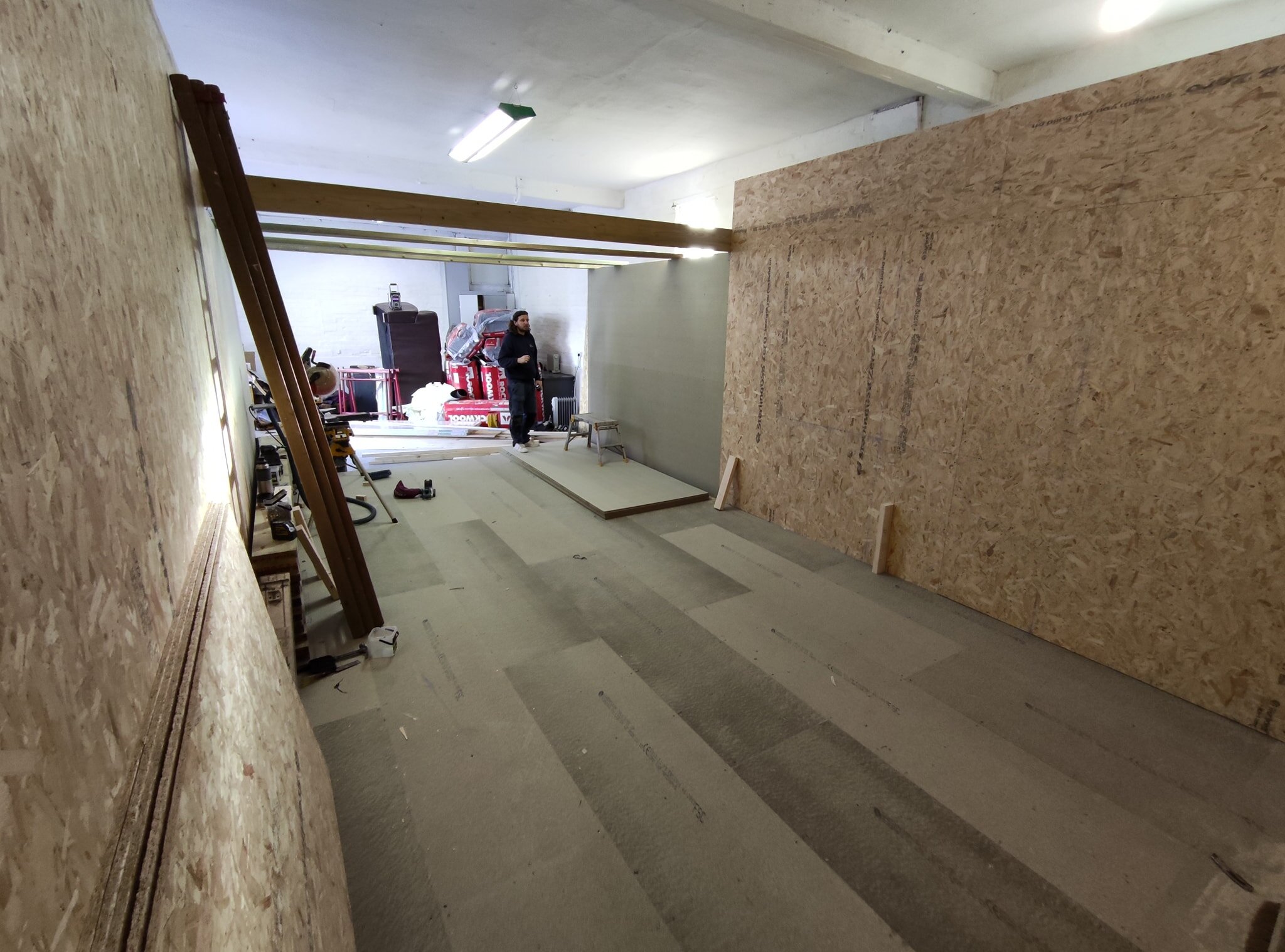Exciting News! We Are Now the Official Distributor for Gallo Acoustics & OSD Audio in Thailand
At H3 Digital we are always on the lookout for the best audio solutions to bring exceptional sound quality to home cinemas, smart homes, and entertainment spaces. That’s why we are thrilled to announce that we are now the official distributor for Gallo Acoustics and OSD Audio speakers in Thailand!
Why Gallo Acoustics?
Gallo Acoustics is a brand known for its innovative spherical speaker designs that deliver crystal-clear, room-filling sound. Their unique design and premium audio performance make them a top choice for home cinema enthusiasts and interior-conscious homeowners alike.
🔹 Stylish & Compact – Spherical speakers that blend seamlessly into any space.
🔹 Immersive Sound – High-fidelity audio with incredible clarity and detail.
🔹 360° Dispersion – Uniform sound distribution for a truly cinematic experience.
🔹 Customisable Finishes – Available in a range of colours and finishes to suit any décor.
Why OSD Audio?
OSD Audio offers a wide range of high-performance speakers designed for both indoor and outdoor applications. Known for their reliability, affordability, and powerful sound output, OSD Audio speakers are perfect for home cinemas, whole-house audio systems, and outdoor entertainment areas.
🔹 High-Performance Sound – Designed for deep bass, clear vocals, and dynamic audio.
🔹 Versatile Speaker Range – In-wall, in-ceiling, outdoor, and subwoofer options.
🔹 Durable & Weatherproof – Ideal for both indoor and outdoor installations.
🔹 Great Value – Premium quality audio at an affordable price.
Bringing the Best Audio to Thailand
With these two world-class speaker brands, we can now offer even more tailored solutions for home cinemas, smart homes, and audio enthusiasts across Thailand. Whether you’re looking for sleek, design-conscious speakers or powerful, high-performance sound systems, Gallo Acoustics and OSD Audio have something for you.
Ready to upgrade your sound? Get in touch with us today to find out more about these incredible speaker brands!























































